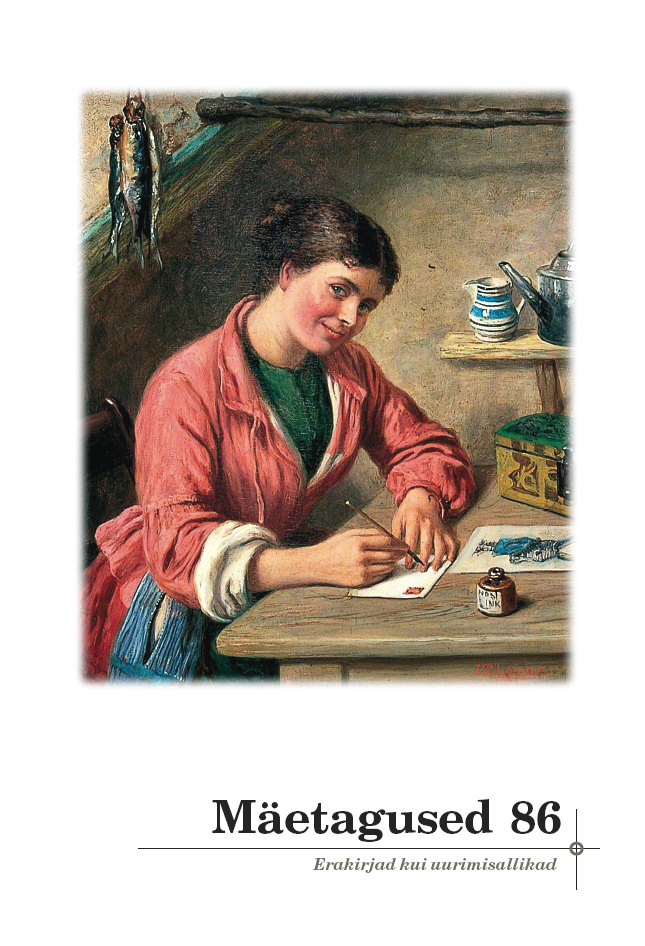Eesti mobilisatsioonipõgenike kirjasuhtlusest Soome Jätkusõja ajal
On the epistolary communication of Estonian mobilization refugees during the Finnish Continuation War
Author(s): Triinu OjamaaSubject(s): Customs / Folklore, Cultural Anthropology / Ethnology, Culture and social structure , WW II and following years (1940 - 1949)
Published by: Eesti Kirjandusmuuseum
Keywords: epistolary communication; mobilization refugees; Finnish Continuation War; wartime censorship;
Summary/Abstract: The article deals with the letters of young men who escaped from Estonia to Finland during the German occupation in order to avoid the mobilization announced in 1943. Almost immediately after arriving in Finland, some of the refugees illegally emigrated to Sweden, but the majority started looking for temporary accommodation and work in Helsinki and its surroundings. The Continuation War (1941–1944) was going on, and thus a large number of Estonian male refugees were recruited into the Finnish army as volunteers; they started fighting on the Karelian front against the Soviet Union. The letters analysed in the article come from the years 1943–1944 and were sent by the men who remained in Finland to their friends who escaped to Sweden. The letters show that both civilians and soldiers faced problems caused by the political situation resulting from the Second World War and the complicated allied relations between Finland and Germany. The refugees did not have enough knowledge of life in wartime Finland and their language skills were also poor. In the course of escaping from Estonia to Finland, friends had lost sight of each other. After arriving in Finland, they started to restore their contacts in order to share experiences and find some support. The main aim of the article is to demonstrate the role of epistolary communication in finding solutions to the problems of Estonian refugees. The article gives an insight into the main topics of the letters, in which the authors of the letters tell stories about their escape from Estonia to Finland, share information about the destiny of their schoolmates and friends, but also discuss fine arts, and dream about life in peacetime. The letters show that they wish to get away from the war and continue their unfinished university studies in some war-neutral country. In their letters, they came to understanding that in order to implement their future plans, they had to get to Sweden and thus, already in the late autumn of 1943, the topic of fleeing from Finland to Sweden became dominant. At that time, the legal emigration of Estonians to another western country was limited by Finnish legislation, and, as field post letters were censored, writing about this topic was risky. The letters contain interesting examples of what verbal and visual means of expression were used to hide the true content of the messages from the censor. Compared to ordinary private letters, war letters also have another peculiarity: they contain some features of collective communication. For instance, an envelope addressed by one person to another may contain a letter consisting of messages written by several people and these messages can be intended to be distributed to several persons. Thus, wartime correspondence has similarities with the principles of information transmission in modern social media networks.
Journal: Mäetagused. Hüperajakiri
- Issue Year: 2023
- Issue No: 86
- Page Range: 73-96
- Page Count: 24
- Language: Estonian

